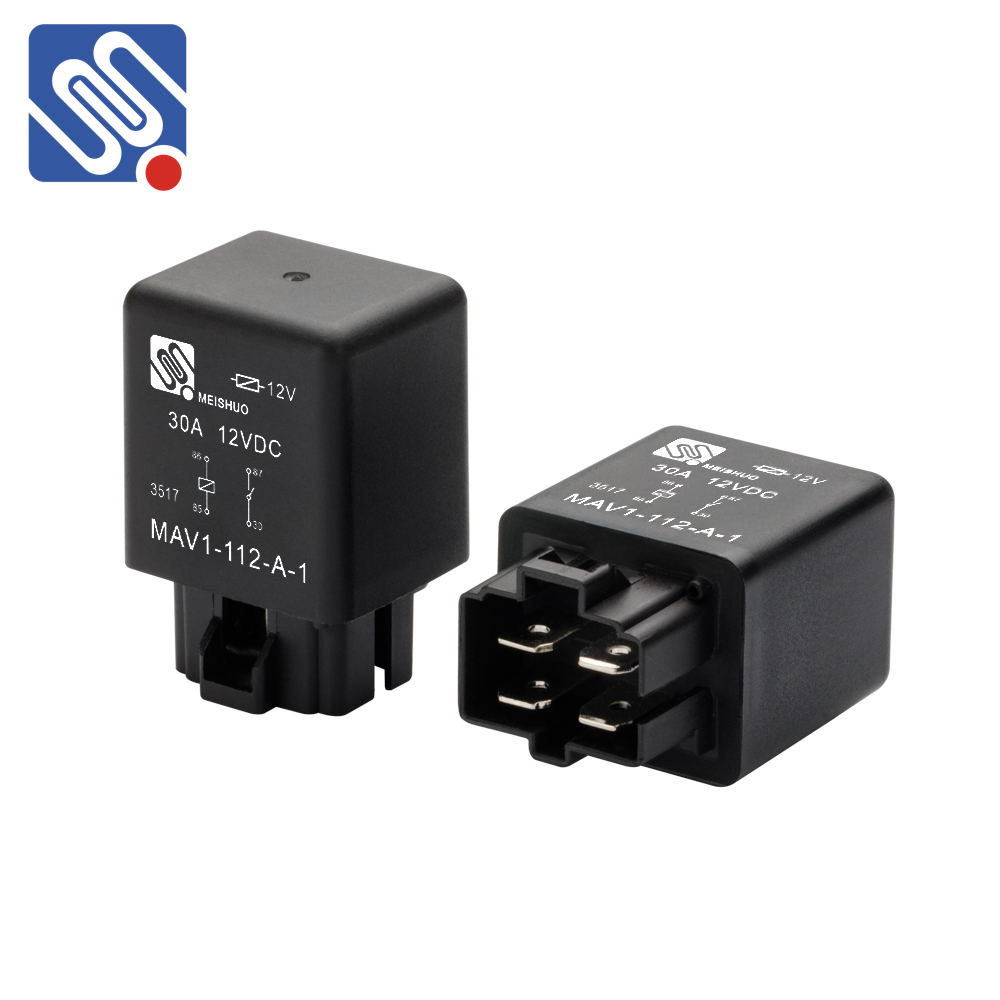relay specifications comparison: key factors to consider for optimal selection
Release time:2025-10-22 18:41:04
In the world of electrical systems and automation, relays play a crucial role in controlling circuits without direct human intervention. Whether in industrial control systems, automotive applications, or home appliances, selecting the right relay is paramount for efficiency and reliability. Relay specifications comparison allows engineers and technicians to choose the most suitable relay based on key parameters. This article delves into the key factors to consider when comparing relay specifications and how to make an informed decision for various applications.

1. Coil Voltage and Current Ratings
One of the first specifications to compare when choosing a relay is the coil voltage. This is the voltage required to activate the relay’s coil, and it varies depending on the model. Common coil voltages include 5V, 12V, 24V, and 48V. Matching the coil voltage to the control circuit is crucial to ensure proper operation.
In addition to the coil voltage, it is important to evaluate the coil current—the current required by the coil to function correctly. For instance, some relays may have low current requirements, making them ideal for low-power applications, while others may need higher currents for more robust systems.

